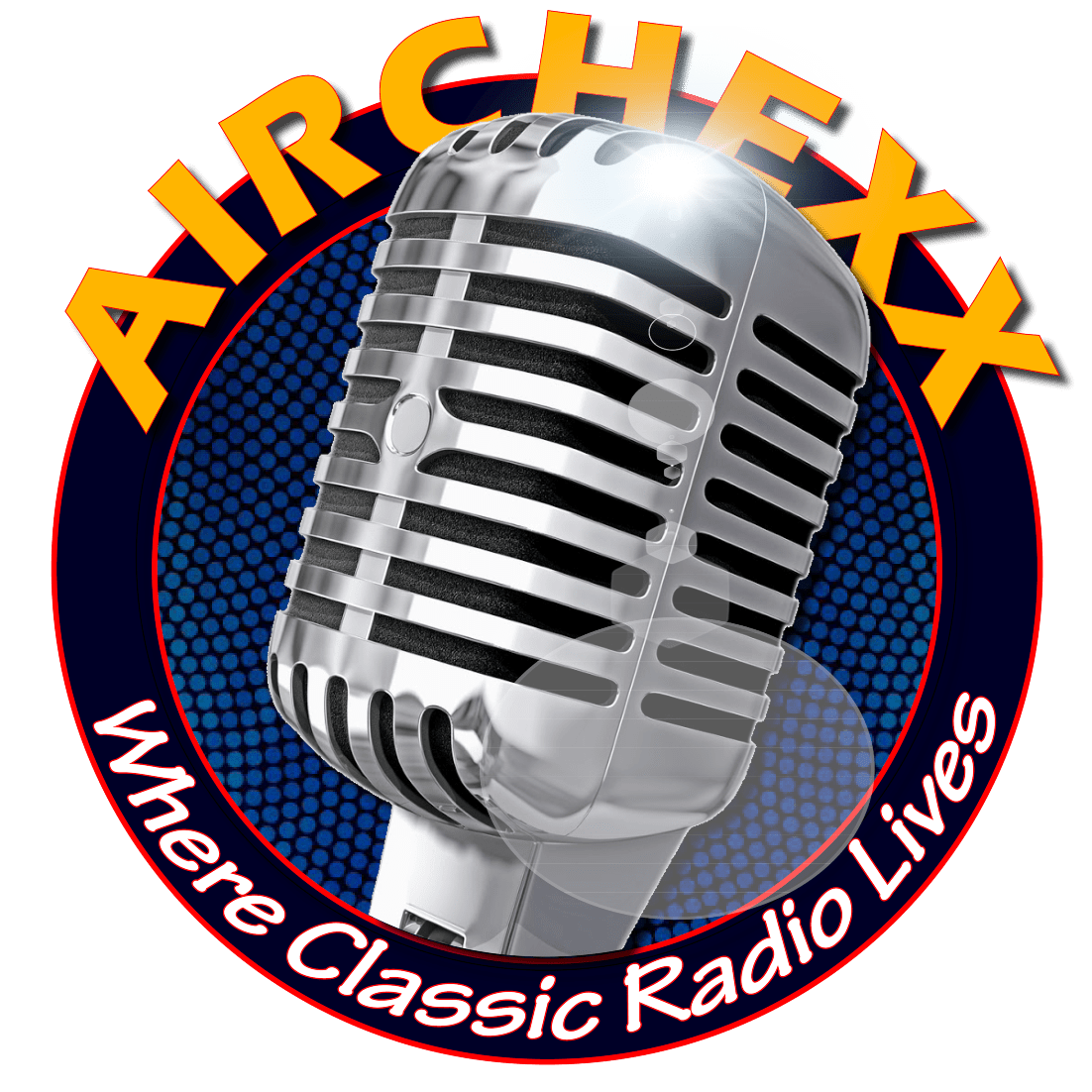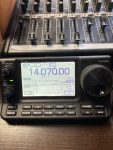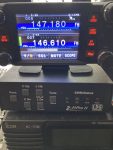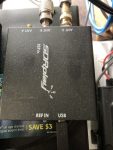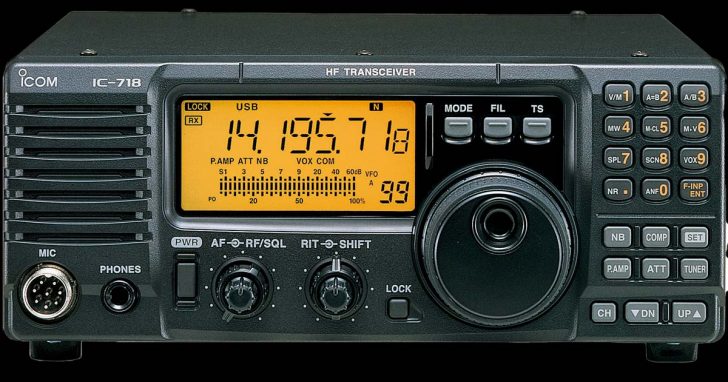Welcome to K1FRC’s Ham Radio Shack on Airchexx. If you’re here, you probably are a ham, or you have some interest in becoming one. This page is dedicated to a few things I like, and some ham radio content.
Below are pictures of the toys in my shack. My “Shack” doubles (or, triples) as the main studio for HitOldies.net, a Classic Hits internet Station, Airchexx.com, where I edit all the audio for the online museum, and K1FRC, my home station.
I’m on HF, VHF and UHF. See the rigs below.
Below is my Ham Radio Log. This only goes back to June 2020 when I got back on the HF bands.
Radios
It’s March 2023 and time to update things a bit here.
My main rig is shown in the rotating pictures above. It’s an Icom IC-7100. They call this a “Ham shack in a box” because it does all modes, 160 – UHF. Because of how I have things set up in here, I have an HF homebrew wire antenna connected through an LDG Z-11 Pro II tuner and this rig is used exclusively for HF. For 2m and 70cm I use the Yaesu FTM-400XD Dual band FM/YSF Digital rig. I also have a Pi-Star MMDVM hotspot which is setup for 3 digital modes – Yaesu YSF, D-Star and DMR. I have 3 hand held rigs that I do take on the road but they are setup for use with the hotspot: The FT-70D, an Icom ID-31 which is a discontinued, earlier version of the popular ID-52 in use by so many hams these days, and a TYT for DMR. The TYT was given to me by my brother Mike, KC2XX when he got a new Bridgecom radio. I’ve had it for about 2 weeks and it took a while to program it. Interesting piece of digital gear, seems to be the most popular mode out there for use with hotspots.
The Icom IC-718 shown here is still in the shack, but until I get a new power supply, it stays off. I suppose that the nice thing with this rig, should I decide to hook it back up, is that it has the MARS modification and I could use it on the CB band now that 27 mhz is back open – although I can’t imagine why I’d want to. Not my cup of tea for sure.
My main interest is HF. Since my last update on this page, 10 meters has opened up wide. Certainly, there’s tons of rare DX showing up on FT8 on 28.074 mHz, but honestly, I have become unbelievably bored with FT8 and these days I’m almost exclusively parked on either 29.600 FM simplex or 29.050 in the center of the short AM portion of 10 meters. I’m waiting for a large 6-meter opening and I go back and forth between 10 and 6 hoping to catch a signal or two during the day. For those of you who are interested, I’m mainly operating FT8, PSK-31, OLIVIA, AM, FM and SSB. I do “listen” to the CW portion of the bands, but until I’ve got the money and time to get a new code key, I’m unable to send CW. Getting that fixed is a priority for me this Spring. My favorite bands are 10, 20 and 40 meters. I’m unable to use 80 and 160, as the antenna won’t tune to 160, and on 80 it throws RF back into the shack and wipes out one of my sound cards. I’ll need to build a dedicated 80 meter dipole to get out on 75/80 at night.
I regularly participate in one HF net, on 7.228 mHz. This one has been in operation since the 1960s. KA1W, Dave, is usually net control. This is a roundtable where everyone just checks in to tell everyone how they’re doing and what’s new. Daily Monday through Saturday, 7-8am. I’ve found it to be very nice with some very friendly people.
For my reciever, I’ve got what I consider one of the BEST Software Defined Recivers money can buy for the power. The SDRPlay RSPdx is contained in the little box you see in the photo. There are two regular 75ohm antenna connections for two separate HF antennas, and a BNC connection for the commerical FM, 2 meter and 16 centimeter bands. Strangely enough, my Winegard TV/FM beam doesn’t work as well on FM with an signal amplifier than the 6 meter dipole that’s currently connected to it! Go figure!
Also shown is the Windows interface. All the receiver functions are accessible in this window. The fact that the laptop its installed on (this thing connects via USB connection) has 16 gigabytes of installed RAM, makes the RSPdx more powerful than any tabletop radio around. The only drawback to the whole system is the close proximity that the antennas are to the commercial power lines on the street. There’s a lot of computer digital noise along with 60 Hz noise that still gets through on occasion, even with the antennas strung up in the back yard.
That’s pretty much it for me. I use the N3FJP logging software in the shack, and upload to LOTW daily. I also update my QRZ.log as I remember to, usually once a week or so. If you use QRZ exclusively, if we work each other, know that I’ll confirm our QSO as soon as I upload to QRZ.com.
Thanks for visiting my page here on Airchexx.com and good DX!
